Natural stones are among the important materials that stand out with their aesthetic and functional features in hotel design. Melek Düvenci, founder of Melek Düvenci Architects, shared with us the use of natural stone in hotel projects and the elements to be considered in this process. We convey Düvenci’s valuable opinions to you, our valuable readers.

Question: What are the selection of natural stone in hotel design and what should be considered?
The use of natural stone is indispensable for us in our material choices in our hotel projects. Thanks to their natural patterns, they add a cozy and warm atmosphere to the spaces and reflect their uniqueness to the spaces. Each piece of natural stone, which has an infinite range of colors and patterns, has a different texture and color, adding originality to the spaces. In this way, it stands out as an effective design element in designing different, unique and timeless spaces that are not similar to each other. During the project process, after the overall design theme of the hotel is determined, natural stones are selected in accordance with this color palette.
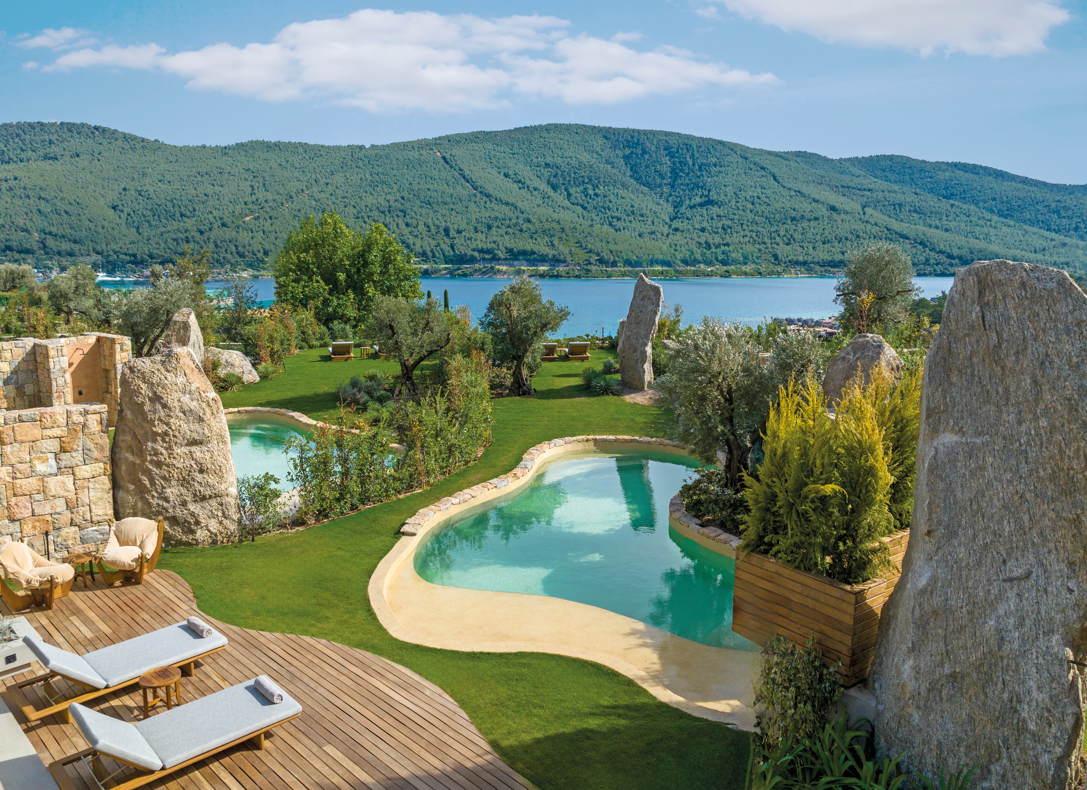
Natural stones are extremely durable and long-lasting. With these features, they are preferred in areas such as hotel lobbies, reception areas and restaurants where there is heavy traffic. In addition, they are much more durable than other applications (wood, paint, etc.) and do not require much maintenance, especially in summer hotels, hotel exteriors exposed to sun, heat, rain and strong winds, restaurants outside the hotel, and buildings on the coast. In this way, they help to reduce the costs that may occur. In today’s world, where sustainability is becoming more and more important every day, natural stone gains even more importance as an environmentally friendly material. Because as long as they are obtained from the right sources, they can be extracted with minimal damage to nature.
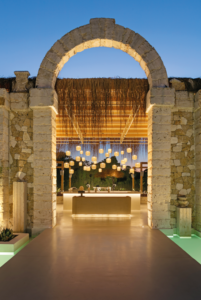
There are various types of natural stone such as granite, marble, limestone and travertine. When deciding which stone to use, the aesthetic qualities, durability and area of use should be taken into consideration. For example, marble may be aesthetically appealing, but it is not as durable as granite. The stones to be used outdoors, indoors and at the poolside should be positioned where they are suitable according to their hardness, surface roughness and hole configuration. In addition, the anti-slip values of the stones to be used in rainy outdoor areas or wet floors inside the hotel and the anti-slip application to be applied to their surfaces should be studied and calculated in advance. In special hammam and spa designs in hotels, it is important to prefer marble types with water absorbent properties. These marbles stand out with their resistance to water vapor and moisture, preventing problems that may occur in the space. In some cases, however, some natural stones may still require more maintenance than others. For example, stones such as marble are sensitive to acidic substances and can be easily stained. For this reason, the maintenance requirements of the selected stone and the capacity of the hotel staff to carry out this maintenance should be evaluated, and hotel staff should be informed about the cleaning and maintenance of the stones in the relevant region and should be ensured to use appropriate materials.
The source and procurement process of the stone is also an important factor. I would like to emphasize the importance of using local natural stones in our hotel projects.
It is important that the natural stones to be used in hotel construction are selected and processed in a way that does not negatively affect the natural life and ecosystem where they are mined. This not only contributes to the conservation of natural resources, but also gives the project a more positive image in terms of environmental sustainability. In addition, reliability and timeliness in the procurement process are critical to completing the project on time. In our projects, we usually go to the mines, select the logs from there, give the cutting details according to our project, design the stones and supply them in that way. For example, in Yamas Greek Taverna, located in Titanic Golf Belek, we made sure that the natural stones we preferred were local stones from the region where the hotel is located. This not only reduced the carbon footprint by eliminating the transportation process, but also helped to integrate the project with the region by being in harmony with the nature of that region. In addition, this preference provides a great convenience for the implementer in terms of both time and cost during the implementation. In addition to this, when we use natural stones in our hotel projects, we process them with protection materials that have features such as water resistance and stain resistance to ensure their longevity. This approach increases the durability of the stones and reduces maintenance costs. Although they may initially seem costly, we consider that natural stones are economical in the long run, so in a cost-benefit analysis, the use of natural stone offers long-term advantages.
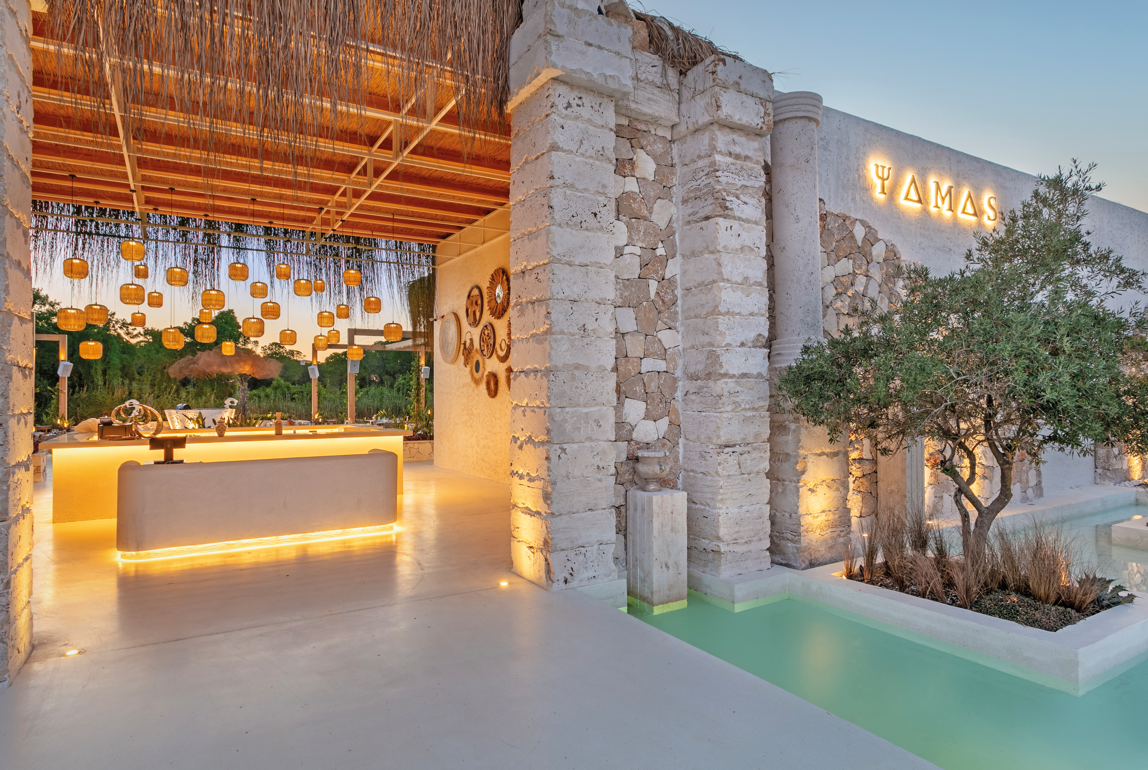
Natural stones are indispensable materials for giving spaces a unique character. Their unique texture and natural appearance provide aesthetics and prestige in key locations such as hotel lobbies, rooms and spas. In addition, the veins and patterns in natural stones have inspired our design processes and allowed us to create different atmospheres.
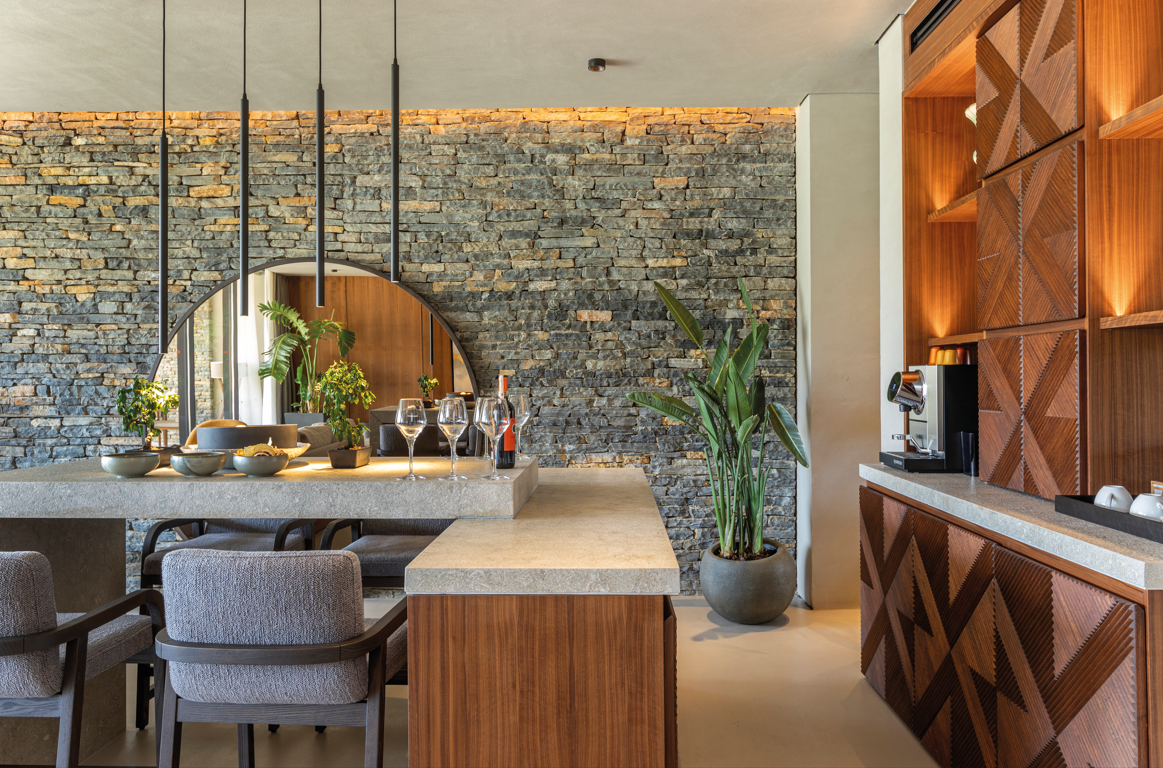






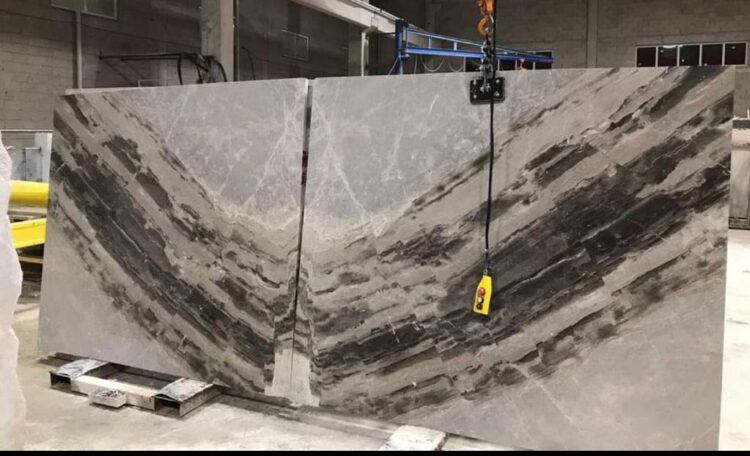
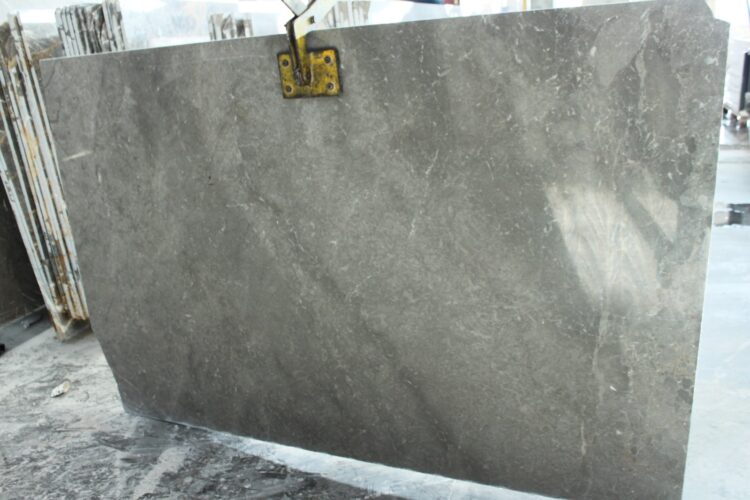














 +90 532 585 51 95
+90 532 585 51 95 +90 532 585 51 95
+90 532 585 51 95